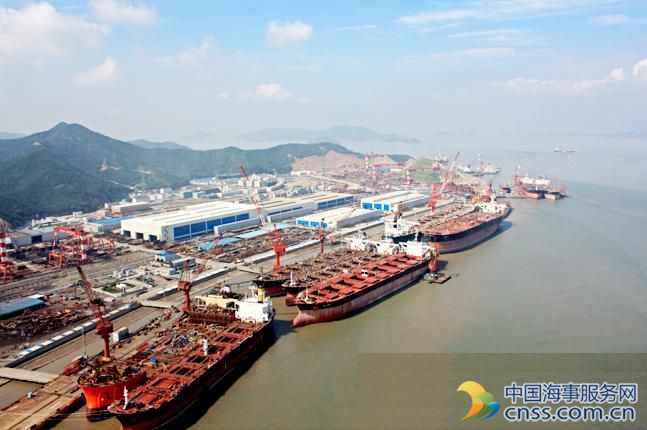Dry bulk: Capesize TCE falls below $1,000/day on Australia-China iron ore route

A build-up of tonnage, coupled with a dip in the cargo volumes, has sharply brought down the time charter equivalent (TCE) or the expected daily returns to a Capesize shipowner below the $1,000/day mark on Monday for vessels plying the key Australia to China iron ore route.
The Capesize daily returns fell to a three-digit level of $488/day on the Port Hedland, Western Australia, to Qingdao, China route on Monday for the first time since S&P Global Platts started publishing TCE assessments from January 3.
The TCE rate on this route is calculated basis Shanghai bunker prices published by Platts, which was assessed at $357/mt for 380 CST grade on Monday.
Currently, the TCE on this route has fallen by close to 90% compared with $4,657/day assessed on February 1.
Over the same period, the voyage charter freight rate on the Port Hedland to Qingdao route, which is also known as PC5, fell by 17.17% to $4.10/wet mt from $4.95/wmt, while the Shanghai bunker price for 380 CST dropped by only 1.5%.
A few sources said that a slightly better TCE return could be obtained if the ships deviated to Singapore for bunkering before heading to Western Australia.
“Not many participants expected the market to weaken further,” a shipbroker tracking the Capesize market said.
The fall in the returns to the Capesize shipowners have happened in the midst of surging seaborne iron ore prices, which went past the $90/dry mt mark on Monday with the Platts 62% Fe Iron Ore Index assessed at $93.05/dmt CFR North China.
“It’s just a simple situation. [There is] ample supply versus weak demand,” said a second shipbroker, adding the situation may cause the market to struggle for a few more weeks.
According to a source with a shipowning company, the tonnage supply was building up in the Pacific market as many of the ships did not get fixed last week as fewer cargoes originated from Western Australia due to the expected threat of Tropical system 15u storm.
The Platts TCE assessments are derived from voyage charter freight rates, which are largely considered as a leveling factor for the shipping market.
The calculation factors in the vessel size, port cost, bunker consumption/cost and vessel speed.
The dry bulk shipping market tracks earnings in $/day and looks at TCE index to compare against time charter and voyage charter rates as well as a tool to hedge freight risk.
Source: Platts
HEADLINES
- Do shipping markets want Biden or Trump for the win?
- All 18 crew safe after fire on Japanese-owned tanker off Singapore
- Singapore launching $44m co-investment initiative for maritime tech start-ups
- Cosco debuts Global Shipping Industry Chain Cooperation Initiative
- US warns of more shipping sanctions
- China continues seaport consolidation as Dalian offer goes unconditional